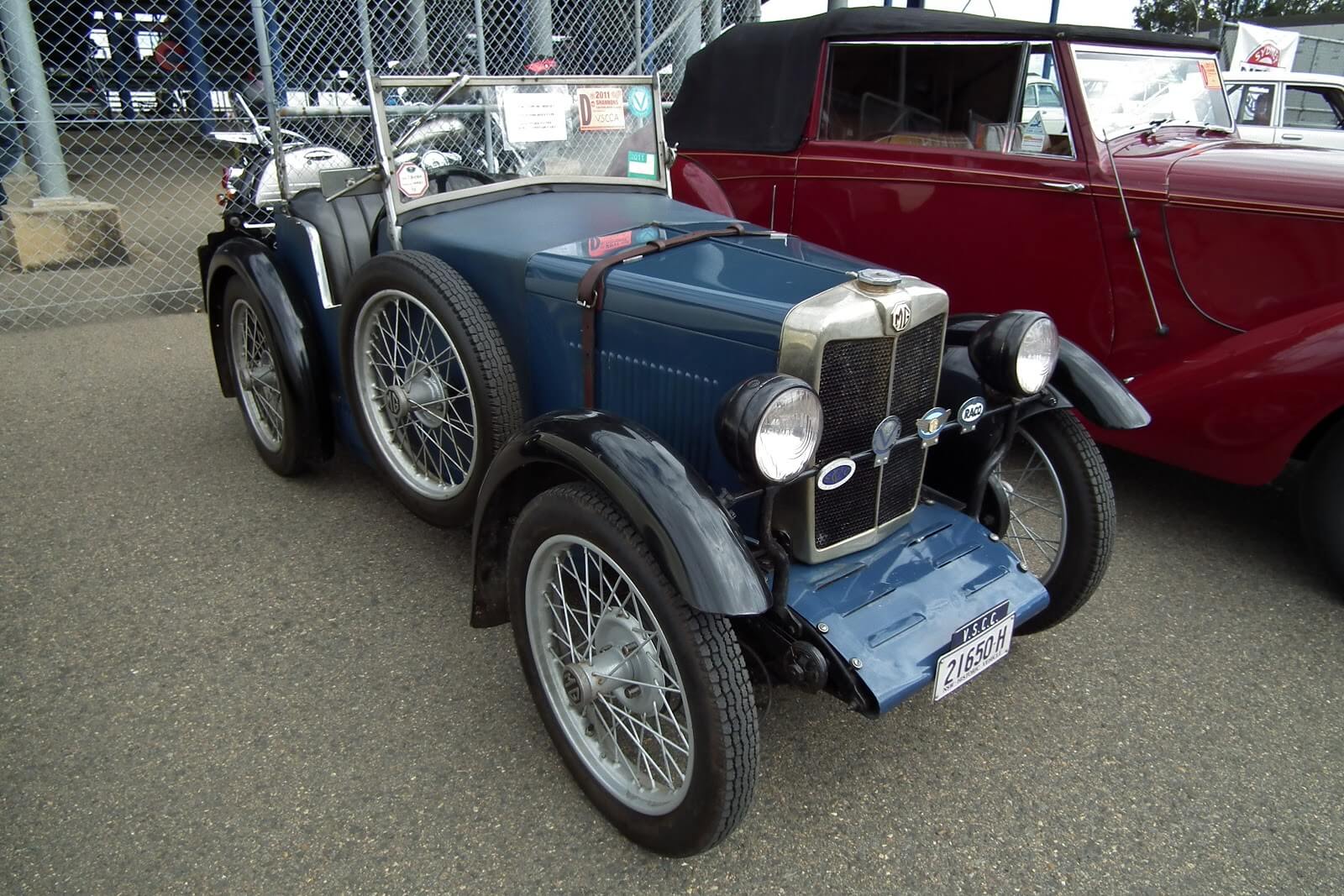History Of The MG M Type Midget

When the automotive company MG started in the 1920s, they soon began creating a variety of vehicles that went on to define what a sports car could be. A car that represented this direction was the MG M Type, also known as the MG Midget. Its compact frame and stylish body made it an instant hit with the public. Add to that it was one of the first genuinely affordable sports cars and it became one of the greatest classic cars of all time. We take a look at the M Type’s history and what made it so appealing.
Beginning
When the Morris Minor was brought out in 1928 by William Morris, MG engineer, Cecil Kimber started thinking about how the company could match the success. This was during a time when the Morris Minor was seen as a worthy competitor to the Austin Seven, which had been doing well at racing events since 1923. Kimber came up with the idea of basing an MG sports car on the Morris Minor. The M Type was launched at the Motor Show at the 1928 London Motor Show. At the show there was a high demand for the car, but it didn’t go into full production until 1929.
Design
The MG Midget had a light body, built on a wooden frame. The two-door vehicle made use of a four-cylinder bevel-gear driven overhead camshaft engine borrowed from the Morris Minor. It had a distinctive boat tail design that was improved on over time. In 1931, the frame was changed to metal and the engine output was increased to 27 bhp by improving the camshaft.
Success
A lot of the Midget’s success can be attributed to its price. It was far cheaper to buy than even the cheapest Morris Minor. It offered great road handling and an enjoyable driving experience. Motorsports was getting popular as well, leading to the M Type being used in a lot of races. The Midget breezed along the track, achieving 60 mph easily. According to Autocar the MG was a “fascinating little vehicle” that was a delight to drive. Eager to capitalise on the popularity of racing, Kimber improved on the performance of the M type. A racing department was formed at Abingdon and five cars were entered into the 1930 Brooklands Double Twelve Race. Each car was modified to compete in the race, featuring Brooklands exhaust systems and larger fuel tanks. Despite their rivals having a power advantage, the MG cars went on to win the team prize. After winning the race, a replica of a Double Twelve M type was added to the Midget range at £245, which included the Midget Sportsman’s Coupe. This model made an impact on Henry Ford’s son, Edsel, and he imported one into the US, creating even more buzz. Another way Kimber increased sales was by adopting the slogan ‘Safety Fast’ in 1930. More improvements were made and after appearing at the 1931 Motor Show for the fourth time, the M-type was phased out.


